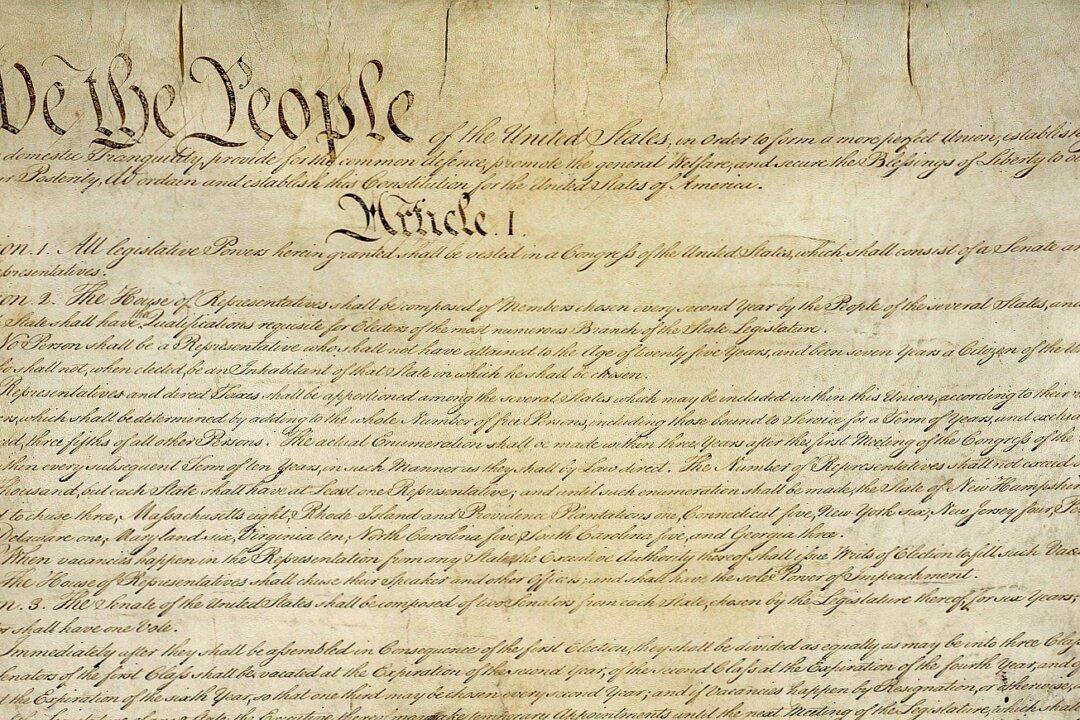Commentary
This is the second in a series of essays answering defamatory charges leveled against the U.S. Constitution. The first in the series addressed the allegation that the Constitution discriminated against women. In fact, as that essay showed, the framers took pains to ensure the document was gender-neutral.





